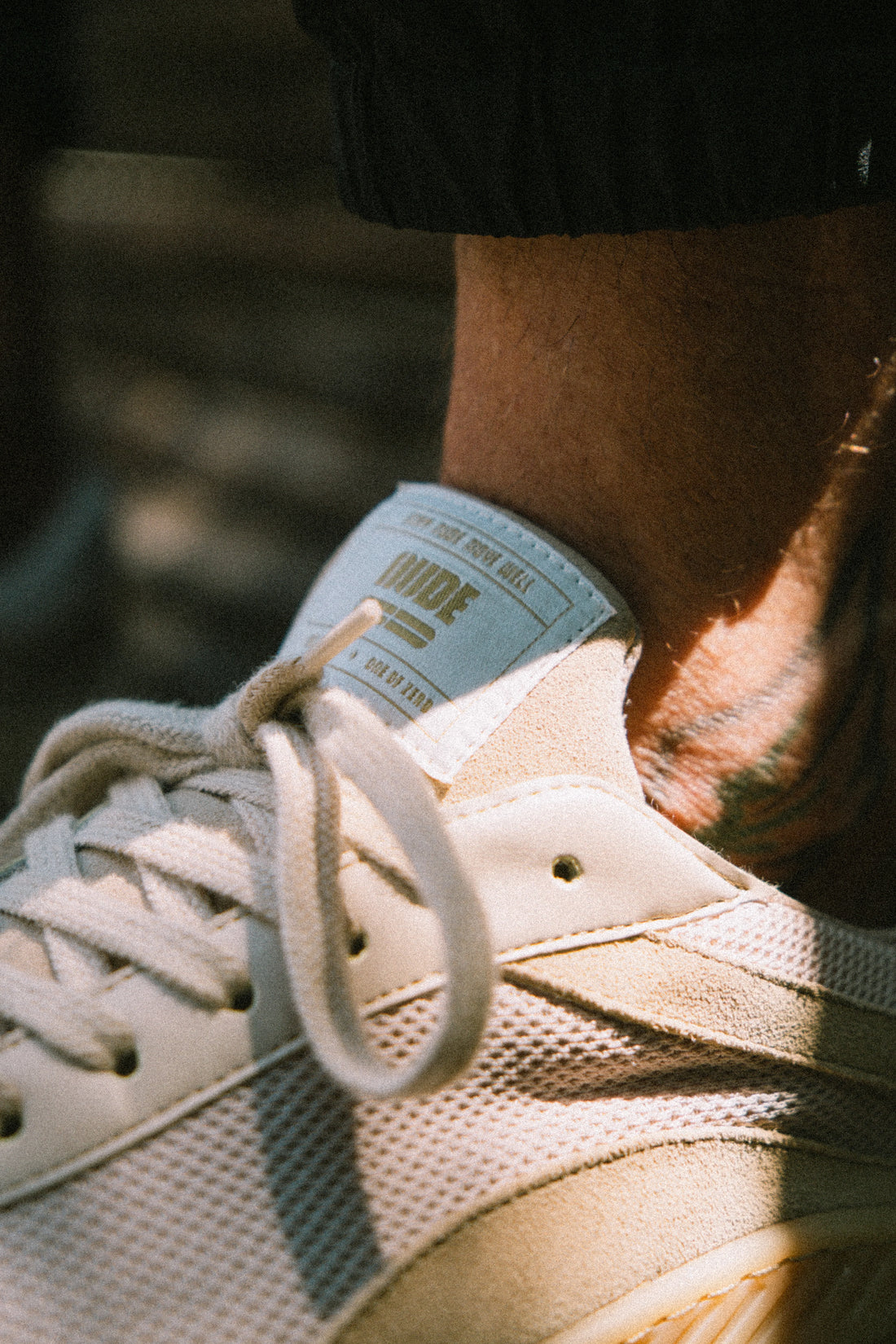
¿Qué son los zapatos barefoot o minimalistas y por qué deberías probarlos?
Reconecta con el suelo debajo de ti
Los zapatos barefoot o minimalista están diseñados para imitar la experiencia de caminar descalzo: suelas delgadas y flexibles, sin soporte artificial para el arco del pie ni amortiguación excesiva. Esta estructura minimalista te permite sentir cada paso, fomentando una postura más natural y equilibrada, a la vez que reconectas tu cuerpo con el suelo.
Donde todo empezó: el movimiento minimalista
Caminar descalzo no es nada nuevo; así es como se desplazaron los humanos durante milenios. Pero en los últimos años, el calzado barefoot o minimalista ha cobrado popularidad, primero entre los corredores minimalistas que buscaban una pisada más natural, y ahora entre quienes buscan un calzado más saludable y funcional para el día a día.
Beneficios reales para tu cuerpo
-
Activa los músculos de tus pies
Sin un soporte rígido, sus pies tienen que hacer el trabajo: fortalecer los músculos, mejorar el equilibrio y mejorar la postura. -
Reducir los problemas comunes de los pies
Los zapatos barefoot o minimalista fomentan una marcha natural, lo que puede ayudar a prevenir o aliviar problemas como juanetes, fascitis plantar y dolor en las articulaciones. -
Mejorar el movimiento general
Con una mejor conexión con el suelo, tu cuerpo se adapta a una forma más saludable y eficiente de caminar, correr y entrenar.

Cómo elegir tu primer par de zapatos barefoot o minimalista
-
Espacio para los dedos de los pies : los dedos de los pies deben poder abrirse de forma natural sin restricciones.
-
Suela ultraflexible : una suela fina y flexible que permite que tu pie se mueva como debería.
-
Diseño con un propósito definido : un calzado para un estilo de vida urbano no es lo mismo que un calzado de entrenamiento de alto rendimiento: elija en función de cómo los usará.
-
Comience lentamente : haga la transición gradualmente para permitir que sus pies y piernas se adapten a la nueva forma de moverse.

Adaptación al estilo de vida descalzo
Cambiar a zapatos barefoot o minimalista puede ser un proceso de adaptación. Al principio, podrías sentir dolor muscular; es como si tus pies se estuvieran recuperando después de años de usar zapatos gruesos y ajustados. Empieza con periodos cortos de uso, incorpora ejercicios de fortalecimiento de pies y, cuando sea posible, camina descalzo sobre superficies seguras para acelerar la adaptación.
Zapatos barefoot o minimalista vs. zapatillas tradicionales
El calzado convencional suele obligar a los pies a adoptar posiciones poco naturales, con suelas gruesas, punteras estrechas y estructuras rígidas. Los zapatos barefoot o minimalista cambian la situación: promueven el movimiento natural, fomentan una mecánica del pie saludable y permiten que el cuerpo se mueva como fue diseñado.
Por qué los zapatos barefoot o minimalista son ideales para los niños
Los niños se benefician aún más del calzado barefoot o minimalista. Permitir que sus pies se desarrollen de forma natural mejora el equilibrio, fortalece los músculos y les proporciona mejores patrones de movimiento para toda la vida. Busque punteras anchas, materiales transpirables y suelas finas y resistentes; al igual que con los adultos, introdúzcalos gradualmente.
El futuro del calzado está al descubierto
El movimiento del calzado barefoot o minimalista está en auge, combinando funcionalidad, estilo y sostenibilidad. La gente se está dando cuenta de que no hay que elegir entre pies sanos y un calzado bonito. Se trata de libertad, rendimiento y reconectar con la forma en que los humanos debemos movernos.
Palabra final
Los zapatos barefoot o minimalista no son solo una tendencia, sino un regreso a lo real. Representan fuerza, conexión y movimiento sin límites.
Entonces la pregunta es: ¿estás listo para sentir el suelo bajo tus pies?
